Top Strategies for Maximizing Efficiency with Lithium Iron Phosphate Lifepo4 Batteries
Table of Contents
- Understanding Lithium Iron Phosphate (LiFePO4) Battery Basics for Efficiency Optimization
- Key Benefits of Using LiFePO4 Batteries in Various Applications
- Best Practices for Charging and Discharging LiFePO4 Batteries Effectively
- Temperature Management Techniques to Enhance Battery Performance
- Maintenance Tips to Extend the Lifespan of LiFePO4 Batteries
- FAQS
- Conclusion
- Related Posts
In the rapidly evolving landscape of energy storage, maximizing efficiency with Lithium Iron Phosphate (LiFePO4) batteries has become essential for both manufacturers and end-users. Recent industry reports indicate that the global lithium-ion battery market is projected to reach $100 billion by 2025, with LiFePO4 batteries accounting for a significant share due to their safety, longevity, and thermal stability. Roofer Electronics Technology (Shanwei) Co., Ltd. leverages over 27 years of expertise in R&D and manufacturing to offer innovative solutions that enhance the performance of LiFePO4 batteries across various applications, from household energy storage to electric bicycles. Understanding key strategies for optimizing these batteries not only improves energy efficiency but also promotes sustainability in diverse sectors, paving the way for a greener future.
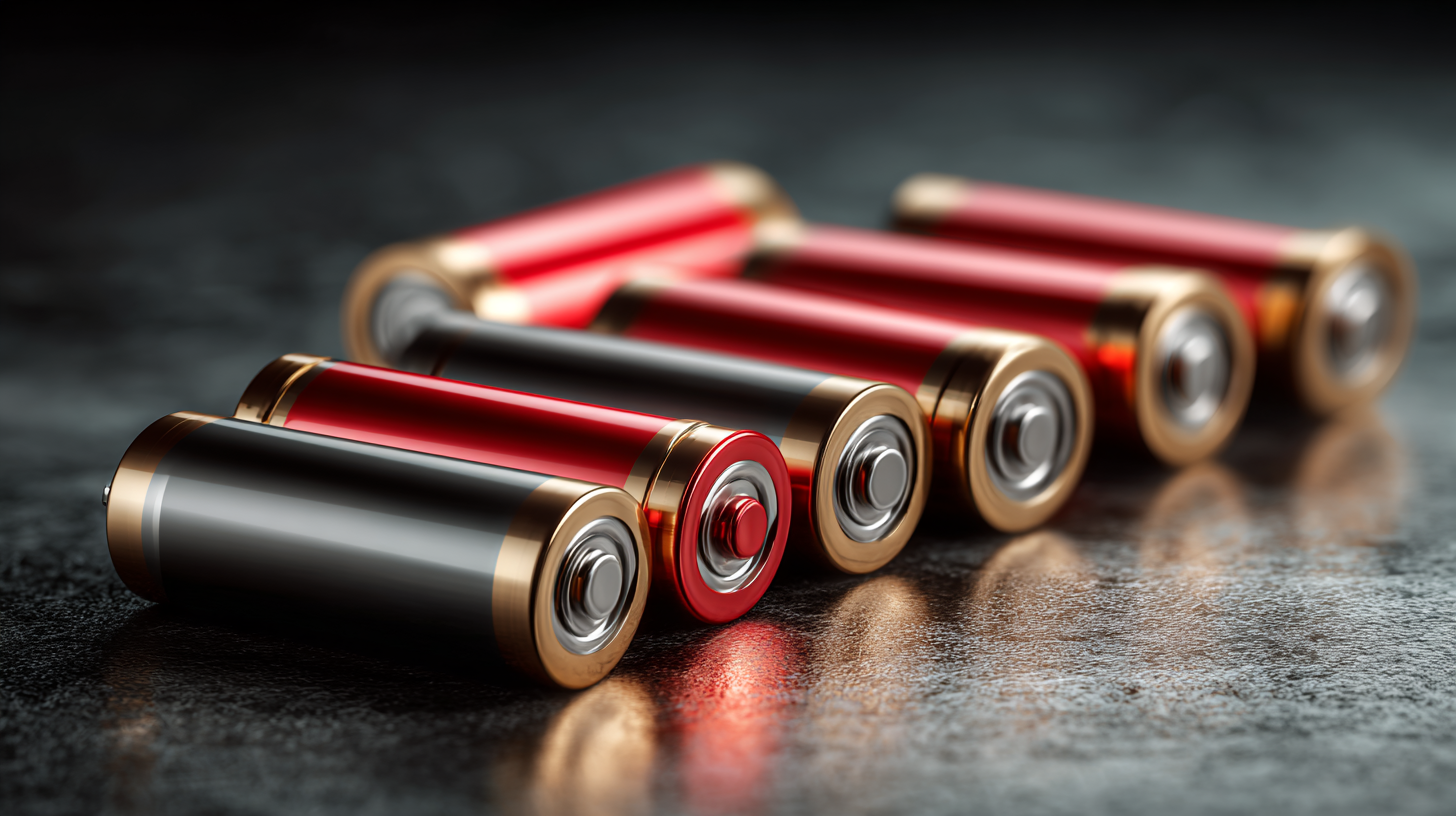
Understanding Lithium Iron Phosphate (LiFePO4) Battery Basics for Efficiency Optimization
Lithium Iron Phosphate (LiFePO4) batteries are becoming increasingly popular due to their inherent safety features, longevity, and stability. Understanding the basics of these batteries is essential for optimizing their efficiency in various applications. Unlike traditional lithium-ion batteries, LiFePO4 cells offer a lower risk of thermal runaway, making them a safer choice for energy storage. Additionally, they exhibit excellent thermal stability and a longer cycle life, which is crucial in demanding environments.
To maximize the efficiency of LiFePO4 batteries, it is important to consider factors such as charging practices and temperature management. Ideal charging involves using a constant current/constant voltage (CC/CV) method, ensuring the battery is neither overcharged nor discharged too deeply. Furthermore, maintaining an optimal operating temperature—typically between 20°C to 25°C—can significantly enhance performance and lifespan. By incorporating these practices, users can unlock the full potential of LiFePO4 batteries, making them more efficient for renewable energy systems, electric vehicles, and backup power solutions.
Key Benefits of Using LiFePO4 Batteries in Various Applications
Lithium Iron Phosphate (LiFePO4) batteries have emerged as a strong contender in the energy storage market, offering a range of benefits that make them highly suitable for various applications. One of the most significant advantages of LiFePO4 batteries is their thermal stability and safety. According to a report by the Department of Energy, LiFePO4 batteries have a higher thermal runaway threshold compared to other lithium-ion batteries, which reduces the risk of fire and explosion. This characteristic makes them particularly appealing for use in electric vehicles and large-scale energy storage systems, where safety is paramount.
Moreover, LiFePO4 batteries boast a prolonged lifecycle, with many units capable of lasting over 3,000 charge cycles with minimal degradation in performance. This durability translates into lower lifetime costs and less frequent replacements, which is crucial for commercial and industrial applications. A study published in the Journal of Power Sources indicated that LiFePO4 batteries maintain over 80% capacity even after 2,000 cycles, providing a reliable energy source for renewable energy systems and backup power supplies. This longevity, combined with the inherent environmental benefits of a more stable chemistry, positions LiFePO4 as a leading choice for sustainable energy solutions across diverse sectors.
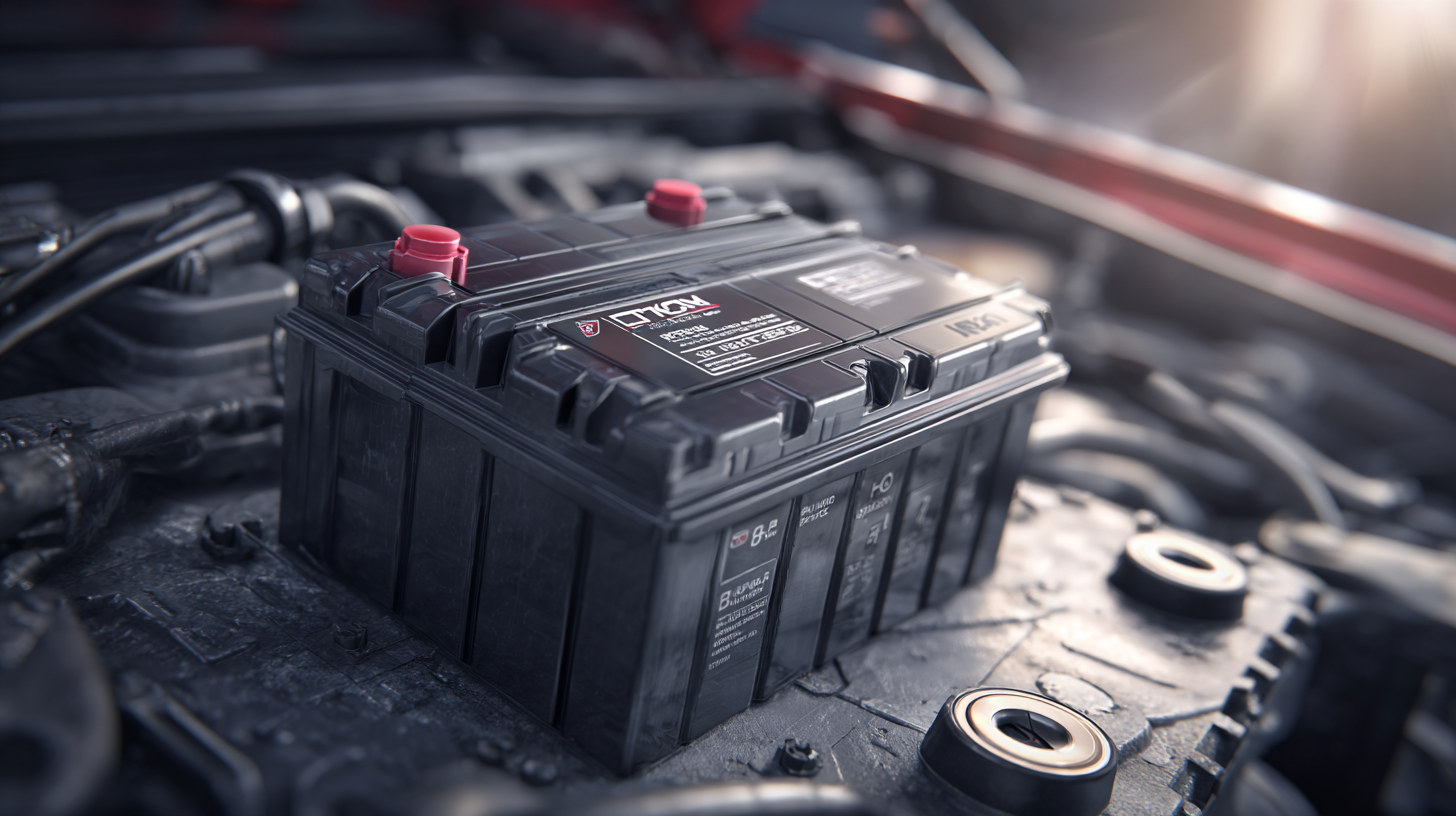
Best Practices for Charging and Discharging LiFePO4 Batteries Effectively
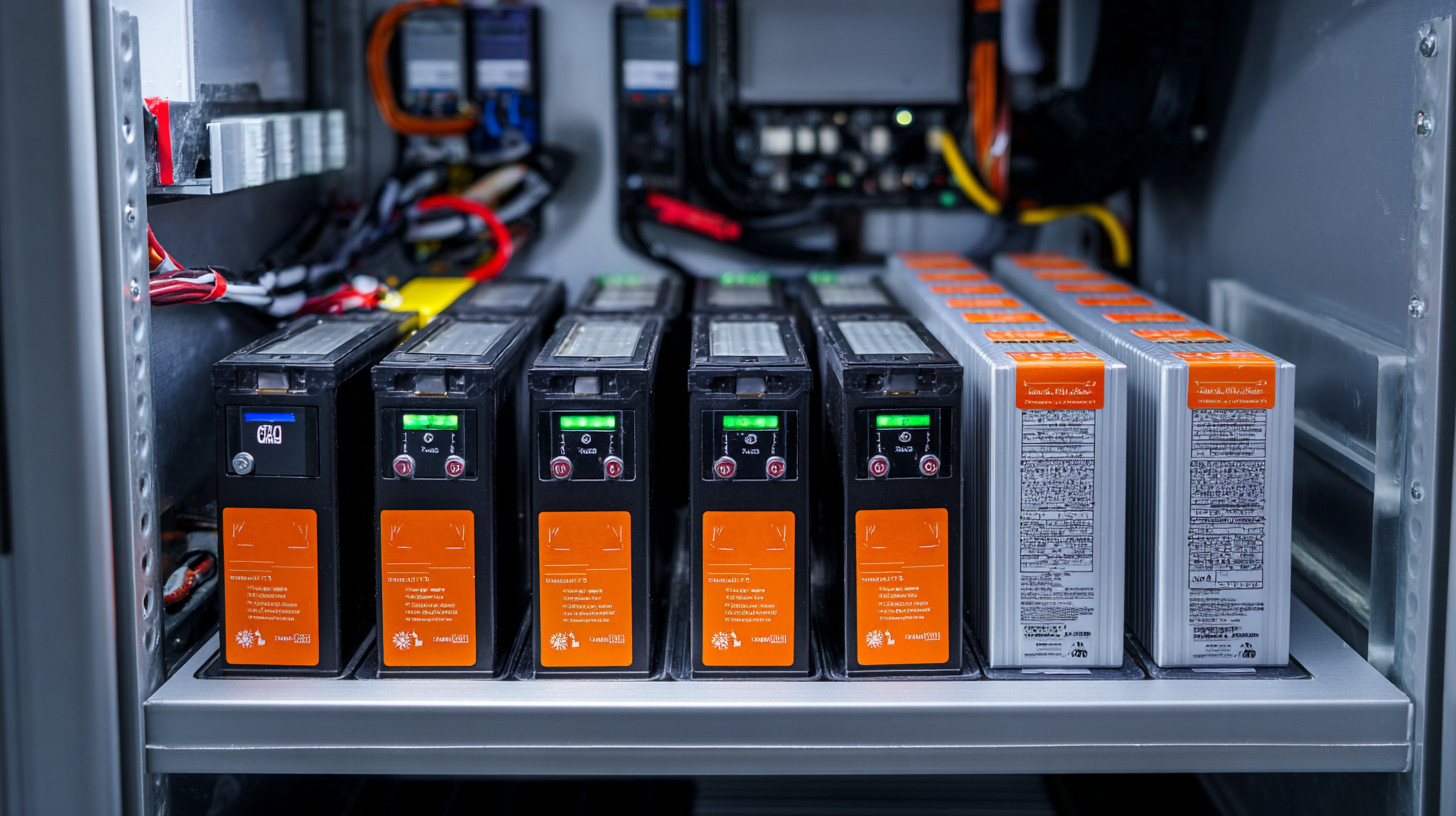 Charging and discharging Lithium Iron Phosphate (LiFePO4) batteries effectively is crucial for maximizing their lifespan and efficiency. Research from industry leaders like the National Renewable Energy Laboratory indicates that maintaining a charging rate of 0.5C to 1C can enhance battery performance without compromising safety. This means doing the math with your system requirements; for example, a 100Ah LiFePO4 battery should ideally be charged at rates not exceeding 50A to 100A. Faster charging can lead to excessive heat generation, which significantly shortens battery life.
Charging and discharging Lithium Iron Phosphate (LiFePO4) batteries effectively is crucial for maximizing their lifespan and efficiency. Research from industry leaders like the National Renewable Energy Laboratory indicates that maintaining a charging rate of 0.5C to 1C can enhance battery performance without compromising safety. This means doing the math with your system requirements; for example, a 100Ah LiFePO4 battery should ideally be charged at rates not exceeding 50A to 100A. Faster charging can lead to excessive heat generation, which significantly shortens battery life.
When it comes to discharging these batteries, it's essential to avoid deep discharges. According to data from battery manufacturers, consistently discharging below 20% may drastically reduce cycle life. Instead, aiming to keep the state of charge (SOC) between 20% and 80% helps in prolonging the longevity and efficiency of LiFePO4 batteries. Additionally, using a Battery Management System (BMS) can provide vital monitoring to prevent over-voltage and under-voltage scenarios, ensuring balanced charging across cells. Adopting these practices not only boosts performance but also helps in realizing the true potential of LiFePO4 technology in renewable energy systems and electric vehicles.
Temperature Management Techniques to Enhance Battery Performance
Temperature management plays a crucial role in enhancing the performance and longevity of Lithium Iron Phosphate (LiFePO4) batteries. As these batteries are increasingly adopted in electric vehicles and energy storage systems, effective thermal management techniques have become indispensable. Research indicates that improper temperature control can lead to thermal runaway, significantly impacting safety and efficiency. Advanced techniques such as immersion cooling systems have shown promising results, providing superior heat dissipation compared to traditional air cooling methods. Recent studies have highlighted that immersion cooling can reduce battery temperature by up to 25%, thereby enhancing cycle life and performance.
Implementing phase change materials (PCMs) within battery thermal management systems (BTMS) is another innovative strategy. PCMs can absorb excess heat, maintaining optimal operating temperatures. Data from various reports illustrate that utilizing nano-doped PCMs can improve thermal conductivity by 30%, further optimizing battery performance during high discharge scenarios.
Tips: For effective temperature management, monitor battery temperatures regularly using thermal imaging to prevent hotspots. Additionally, consider integrating a combination of cooling methods, such as active liquid cooling alongside PCMs, to leverage their benefits for maximum efficiency. Always evaluate the economic viability of these strategies to ensure a balanced approach to performance and cost.
Maintenance Tips to Extend the Lifespan of LiFePO4 Batteries
When it comes to lithium iron phosphate (LiFePO4) batteries, understanding maintenance is crucial to extending their lifespan and ensuring maximum efficiency. One of the most important tips is to maintain proper charging habits. Always use a compatible charger that fits the specific voltage and current ratings of your LiFePO4 batteries. Avoid overcharging, as this can lead to capacity loss and potential safety hazards. Instead, aim to charge the batteries to about 80-90% of their capacity for optimal longevity.
Additionally, ensure that the batteries are stored in a cool, dry place. Extreme temperatures can adversely affect performance and lifespan. For best results, keep the battery in a temperature range of 20°C to 30°C (68°F to 86°F). Regularly checking the battery’s state of charge is also essential; avoid letting them discharge below 20%, as deep discharges can decrease the overall battery life. By following these maintenance practices, you can significantly enhance the durability and efficiency of your LiFePO4 batteries, ensuring they serve you well for years to come.
Top Strategies for Maximizing Efficiency with Lithium Iron Phosphate Lifepo4 Batteries - Maintenance Tips to Extend the Lifespan of LiFePO4 Batteries
| Maintenance Tip | Description | Recommended Frequency | Expected Lifespan Impact |
|---|---|---|---|
| Regular Cleaning | Keep battery terminals and connections clean of dust and corrosion. | Every 3 months | Can increase lifespan by up to 10% |
| Temperature Monitoring | Ensure the battery operates within the recommended temperature range. | Constant | Maintains optimal performance and lifespan |
| Balanced Charging | Use a battery management system to ensure cells are charged evenly. | Every charge cycle | Prevents cell degradation, enhances lifespan |
| Periodic Voltage Checks | Monitor voltage levels to prevent under or overcharging. | Monthly | Can prolong battery life by preventing damage |
| Storage Conditions | Store batteries in a cool, dry place to prevent damage. | As needed | Extends lifespan significantly when not in use |
FAQS
: LiFePO4 batteries offer thermal stability and safety, a prolonged lifecycle of over 3,000 charge cycles, and maintain over 80% capacity after 2,000 cycles. These features make them particularly suitable for electric vehicles and large-scale energy storage systems.
LiFePO4 batteries have a higher thermal runaway threshold, which reduces the risk of fire and explosion, making them safer than other lithium-ion options.
It is recommended to maintain a charging rate of 0.5C to 1C. For example, a 100Ah LiFePO4 battery should ideally be charged at rates not exceeding 50A to 100A to avoid excessive heat generation.
To prolong the lifespan of LiFePO4 batteries, it's best to maintain the SOC between 20% and 80%. Consistently discharging below 20% can significantly reduce cycle life.
Effective temperature management can enhance performance and longevity by preventing thermal runaway. Techniques like immersion cooling can significantly reduce battery temperature and improve cycle life.
Strategies include the use of immersion cooling systems for heat dissipation and phase change materials (PCMs) to absorb excess heat, thereby maintaining optimal operating temperatures.
A BMS is vital for monitoring battery parameters to prevent over-voltage and under-voltage scenarios, ensuring balanced charging and prolonging battery life.
Regularly monitoring battery temperatures using thermal imaging can help prevent hotspots and ensure optimal performance.
While implementing advanced cooling methods can enhance performance, it is crucial to evaluate the economic viability of these strategies to ensure a balanced approach between performance improvement and cost efficiency.
Conclusion
In this blog, we explore the top strategies for maximizing efficiency with Lithium Iron Phosphate (LiFePO4) batteries. Understanding the basics of LiFePO4 technology is crucial for optimizing performance across various applications, from household energy storage to electric vehicles. These batteries offer numerous benefits, such as enhanced safety, long cycle life, and stable voltage characteristics.
We also discuss best practices for charging and discharging LiFePO4 batteries, emphasizing the importance of proper temperature management to improve overall performance. Additionally, we provide maintenance tips to help extend the lifespan of these batteries, ensuring reliability and efficiency in their use. With over 27 years of experience in lithium battery solutions, Roofer Electronics Technology (Shanwei) Co., Ltd. is committed to delivering innovative energy storage solutions tailored to meet the diverse needs of our customers.
Related Posts
-

Leading Global Manufacturer: Explore the Best 3.2v 100ah Lifepo4 Battery Cells Available Today
-
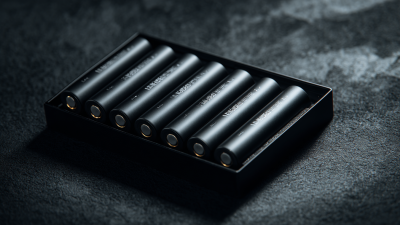
The Ultimate Guide to Lifep04 Batteries: Unlocking Excellence for Global Procurement
-
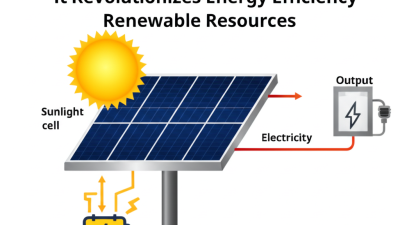
What is a Solar Cell Generator and How It Revolutionizes Energy Efficiency in Renewable Resources
-
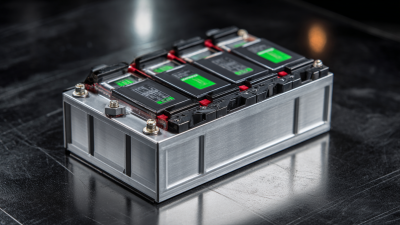
Understanding the Industry Standards for Best 12v Lithium Iron Battery Production
-
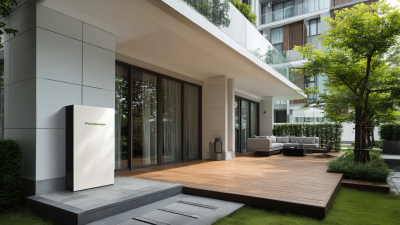
Unlocking Energy Independence: The Top Advantages of Powerwall Battery Systems for Homeowners
-
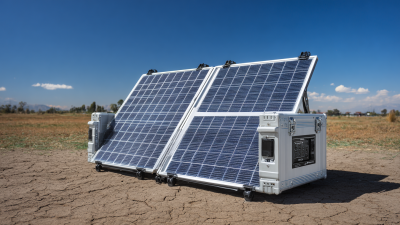
2025 Solar Powered Generator Trends and Comparisons to Watch for in the Industry





 business@roofer.cn
business@roofer.cn +86 13502883088
+86 13502883088






